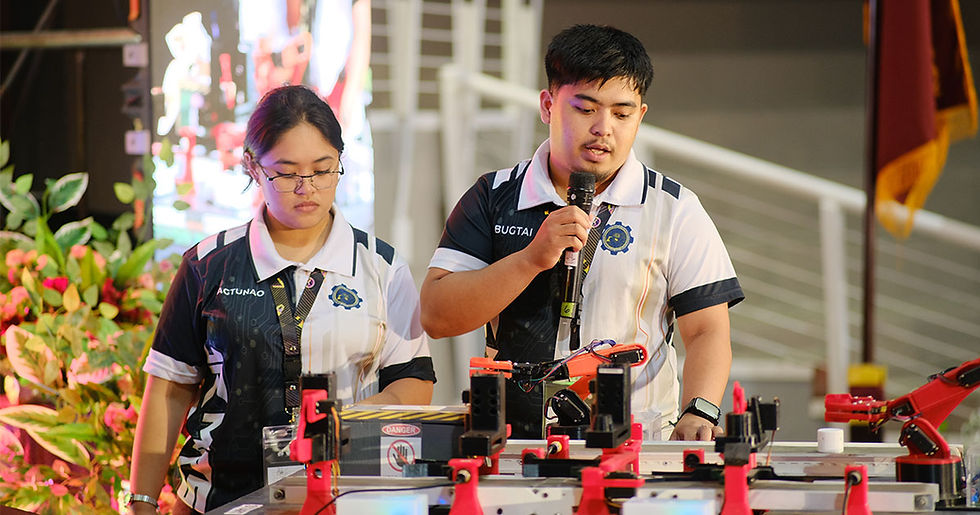Constructing learning tools in Nepal
- Field Ready

- Mar 30, 2016
- 2 min read
Nepal is a beautiful country. The mountains are nothing less than majestic, the towns captivating and the people hospitable, friendly and resilient. Last year’s earthquake was a tragedy – affecting the lives of nearly 30,000 people – but it was also predictable.

Not only were seismic and geological surveys available indicating that an earthquake was likely but the impact could be considerable based on the way structures are built. In fact, the devastation left in the earthquake’s aftermath can be directly attributable the construction standards that have gone into some of the buildings around Kathmandu and other areas.
In Nepal, multi-story buildings are often constructed without following basic standards. When additional floors are added – a common practice – more weight is added, often on foundations that are not intended to support such pressure. This practice increases exposure that comes from the shock of earthquakes. This vulnerability is further increased in a variety of ways including a lack of proper codes and adherence to basic principles. Lives can be saved, and destruction to property can be reduced, by proper design.

Field Ready, working with a partner NGO, Build Change, has created a set of educational tools in the effort to improve construction standards in a small but appreciable way. Shown in the photo here, these building blocks enable engineering and construction students and trainees to visualize and better understand how buildings should be constructed. Designed onsite and made with 3D printers, these are not toys but specifically designed learning tools that are helping those even without advanced education.
According to Field Ready’s person on-the-ground, Abi Bush, “these provide a great way for people to get past the theory and understand how basic engineering principles work in practice.” These learning tools will be part of our work in other places around the world where this same issue arises.

_edited.png)




Comments